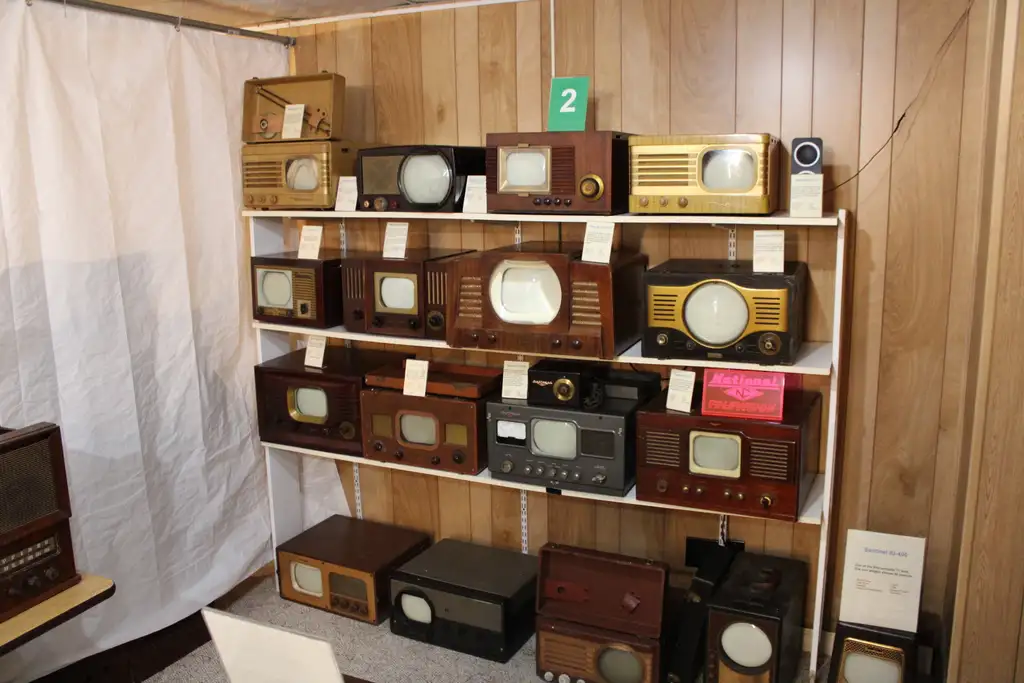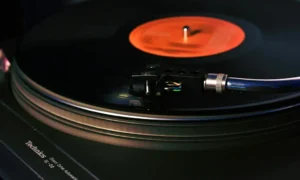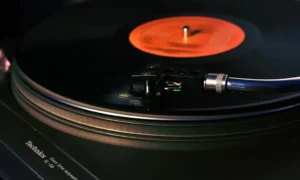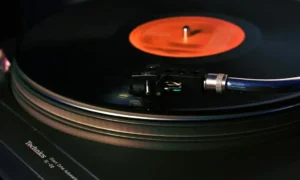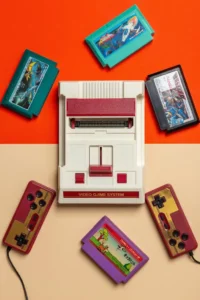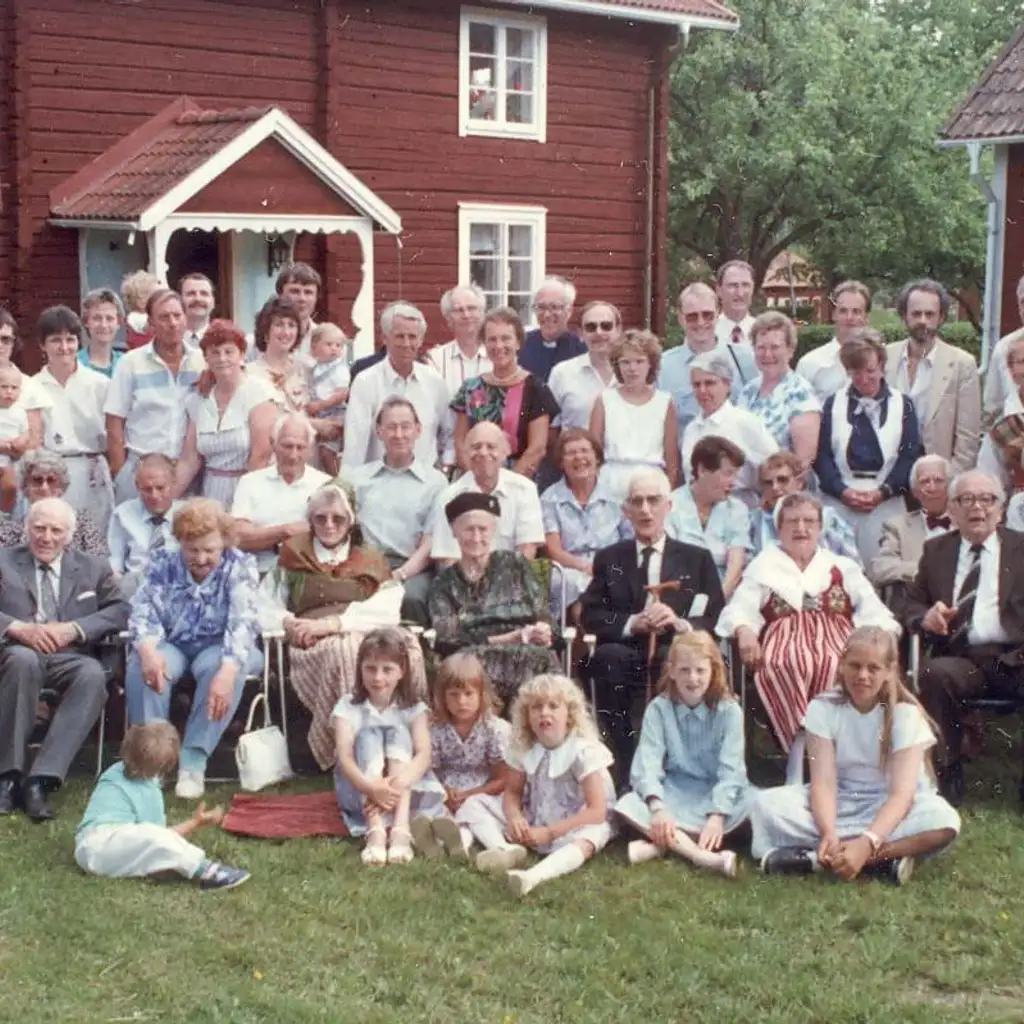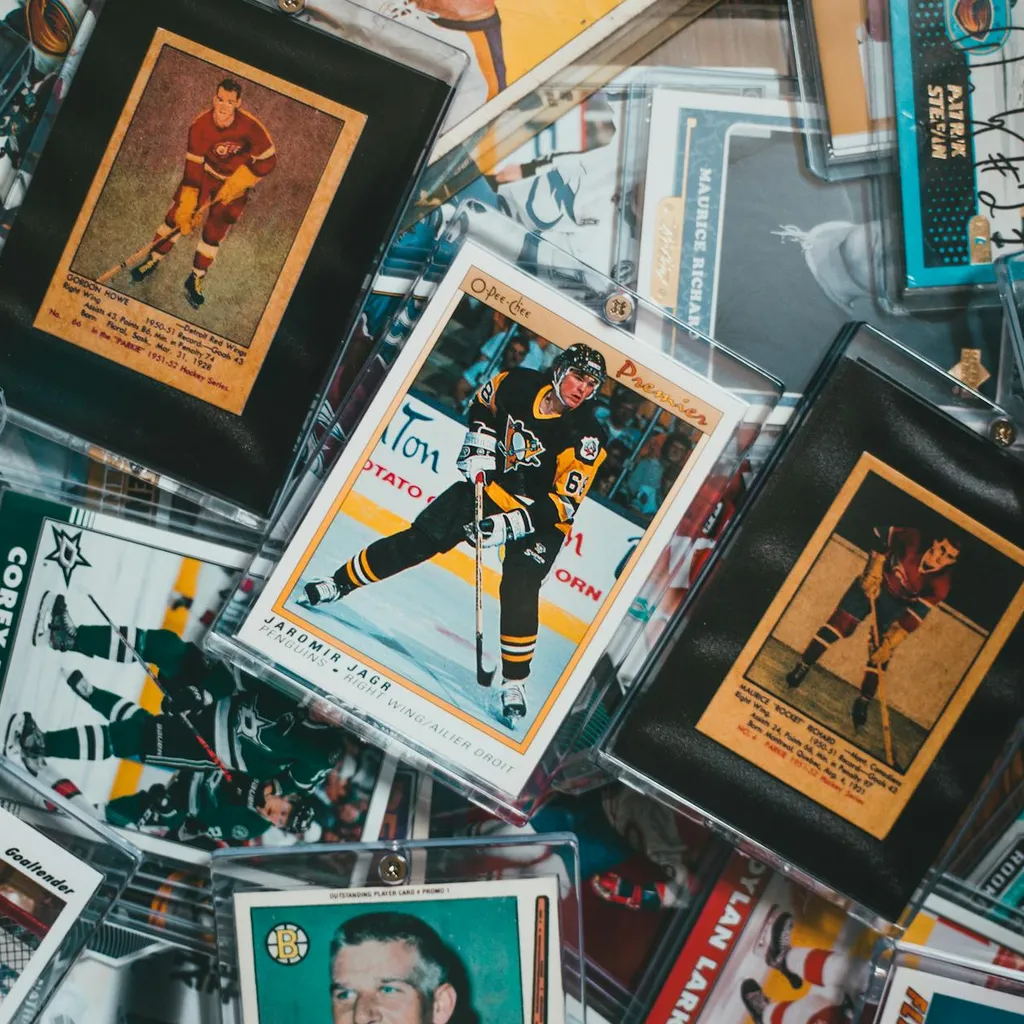Television has a past much deeper than just the black and white broadcasts one has in mind in the mid-20th century. According to Steve McVoy, founder and president of the Early Television Museum in Hilliard, Ohio, such technology can be traced to the 1920s. Located in a Columbus suburb, this museum houses not only extensive collections of televisions from the 1920s and 1930s but also post-World War II black-and-white sets and early color models from the 1950s.
McVoy says the main focus of the museum on early televisions, because he finds sets produced after 1960 lose some of the mystique of history. With around 180 televisions on show and about 50 stored, the museum is one of the biggest of its kind in the world. It provides a timeline of technological and social development through television.
McVoy has had a passion for television since childhood in Gainesville, Florida, where he used to work with the first TV set his family had. Although the initial free repairs were unsuccessful, he later learned on the job at a repair shop he then established himself. After selling his cable company in 1999, he started collecting vintage sets, beginning with an RCA TRK 12 from the 1939 World’s Fair.
The museum was established in 2002. This museum was once a warehouse, open audio guides by McVoy himself offers vintage shows demonstrations on certain sets. McVoy personally restored much of the antique television; however, due to declining eyesight and hand stability, he has difficulties.
The Origins of Television
Before transferring images ever became a thought, scientists in the 1880s began theorizing about it. There arose the onset of basic mechanical televisions in the mid-1920s owing to the pioneering work of John Logie Baird and of Charles Jenkins. By 1930, over a dozen stations in the U.S. were already in the air with broadcasts, and different manufacturers were advertising sets and kits. Television began capturing the public’s fancy with its small screens and mediocre picture quality.
The first official broadcast of television occurred on 30 April 1939, when President Roosevelt’s address was transmitted live from the New York World’s Fair. During the Fair, television sets were displayed by RCA and General Electric, and some 7,000 televisions were manufactured in America between 1939 and 1940. Nevertheless, war intervened on the production of television sets and there was a big leap of technology in television in later years, with increased marketing, advertising, sales, and programming visuals.
In the year of 1947, television sets in America were approximately about 200,000 in number which ramped up to 18 million by 1953. The audience was left spellbound by some of the iconic shows like I Love Lucy and The Honeymooners. The introduction of color television in 1954 witnessed a very slow uptake because of cost issues, yet by the early 1970s color television sets outnumbered black-and-white sets.
Preserving Television History
By means of the Early Television Museum, the intention is to save the legacy of television’s early years. McVoy is still hunting for rare pieces to be included in the collection, including a set built by Philo Farnsworth, a pioneer of electronic television. Though there are only three sets known to exist-Farnsworth-Henderson television sets, each in other museums-figure at the back of her mind remains the hope of one day finding a fourth.
